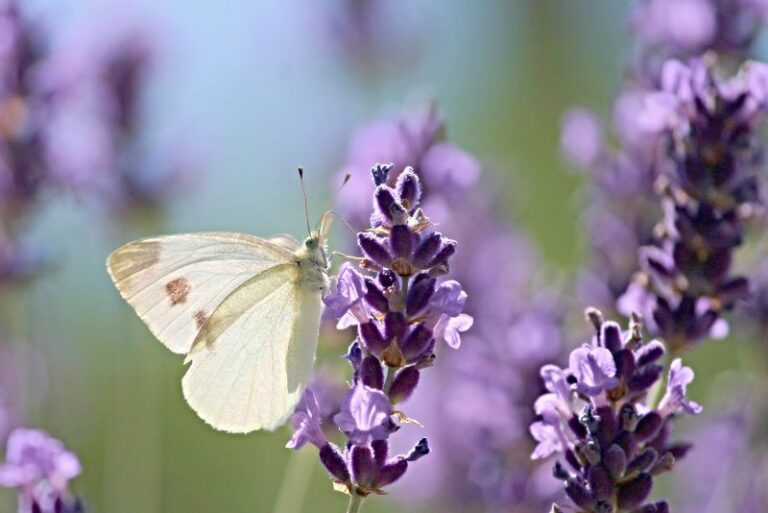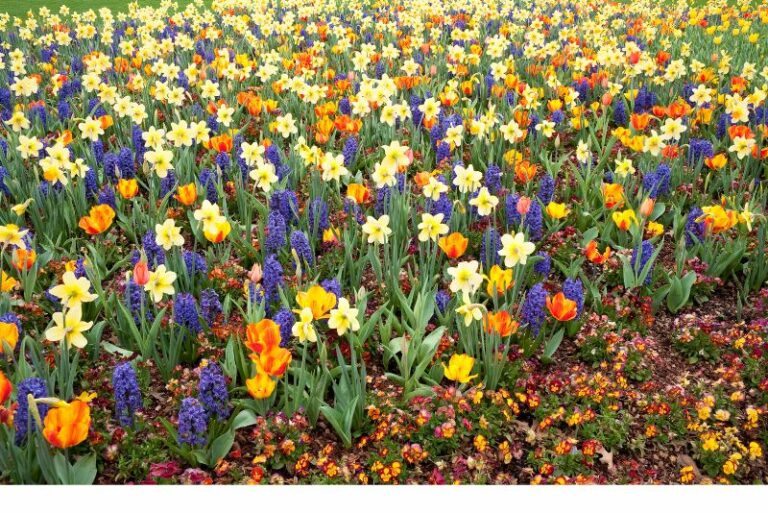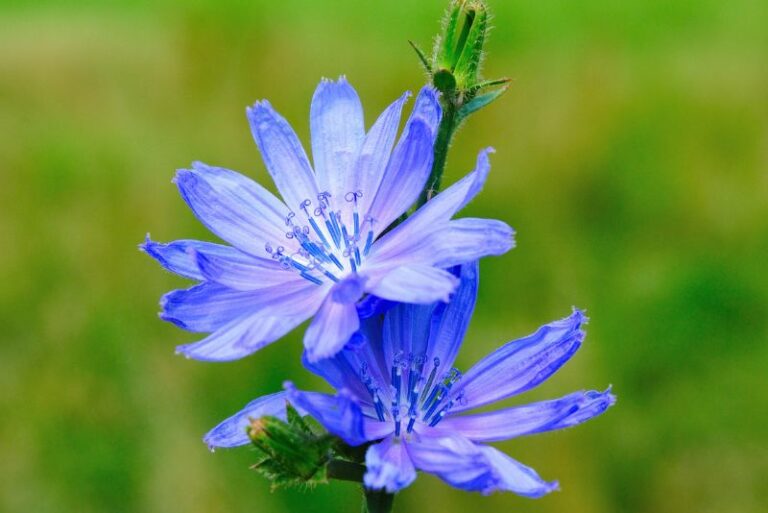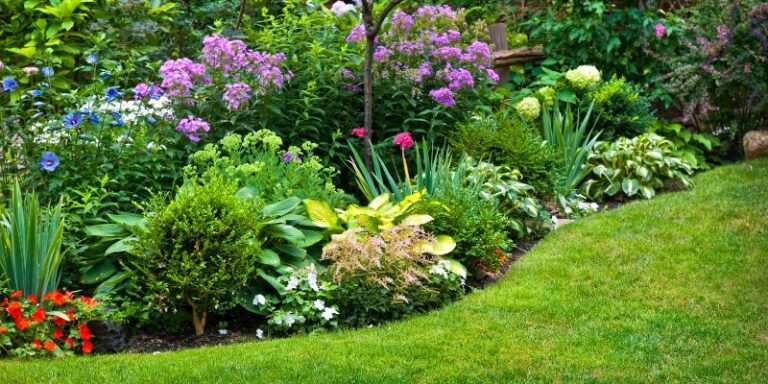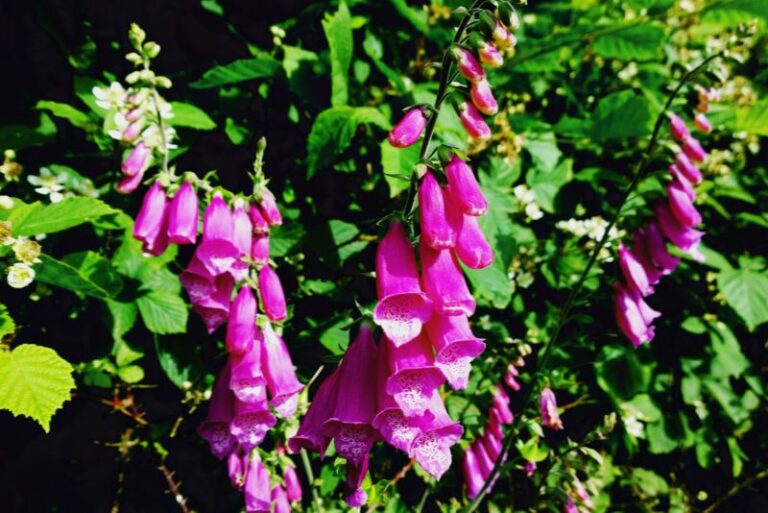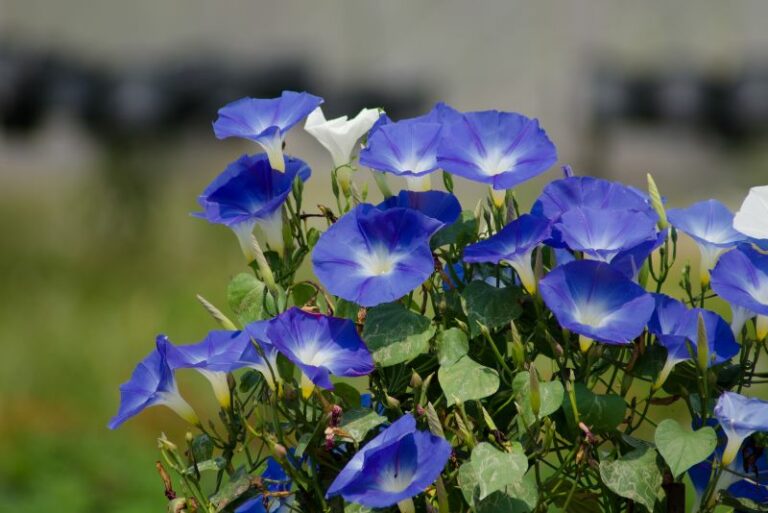Harvesting and Saving Fuchsia Seeds: A Gardener’s Guide to Cultivating Life
Gardening is the art of nurturing and witnessing life in its full cycle. From a tiny seed to a lush plant, we celebrate the birth, growth, flowering, and eventually, the end of life as we know it. One potent way to connect more deeply with this cycle and achieve self-reliance in our gardens is by mastering the art of seed saving. In this guide, we’ll focus on a beloved garden specimen: the fuchsia plant and the detailed process of harvesting and saving its seeds.
Understanding Fuchsia Plants
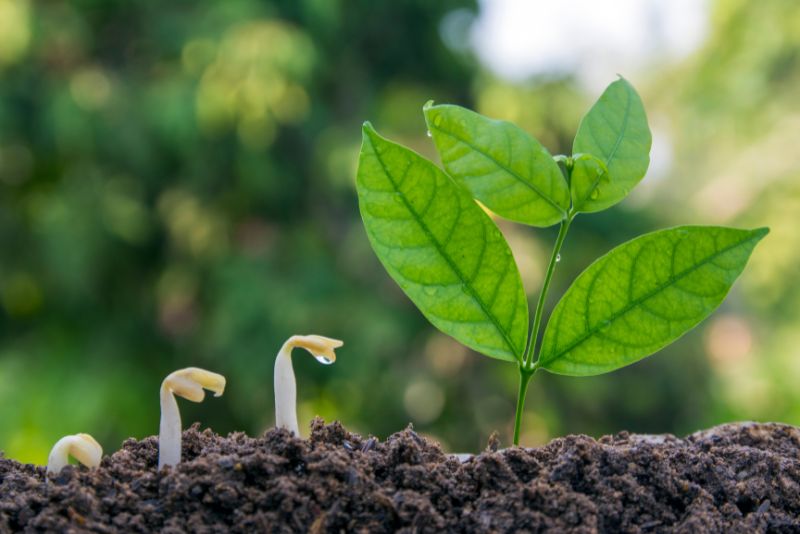
The fuchsia, with its elegant, pendulous blooms, is a visual delight, offering a plethora of vibrant color variations. A multitude of horticultural types exist, from hardy in conservative climates to tropical in warmer zones. Its annual and perennial hybrids provide gardeners with a diverse palette of shapes and hues.
One of the significant reasons for seed saving in fuchsia is to preserve and pass on the unique characteristics of a specific plant. This is especially crucial in today’s world, where industrial agriculture and nursery practices often focus on a narrow band of varieties. Saving fuchsia seeds is a commitment not only to the plant itself but to the broader mission of preserving biodiversity.
Harvesting Fuchsia Seeds
Knowing When to Harvest
The fuchsia plant undergoes a pollination process before producing seeds. After the flower blooms and is pollinated, it will transition to a seed pod or berry within a few weeks. The most critical time to check for seed maturity is when the pod or berry begins to dry and change color. This is a sign that the seeds inside are ready to be harvested. If the pod opens naturally, you can also find seeds scattered near the plant—another indicator of their readiness.
Extraction Methods
Several methods can be used to extract fuchsia seeds from their pods or berries.
- Breaking Open the Pods: For seeds inside dry, papery pods, cracking open carefully and collecting the seeds is an effective method.
- The Fermentation Method: If dealing with berries or soft seed coverings, allowing seeds and pulp to ferment in water for a few days often assists the seeds in separating from the fruit.
- Stratification: Some seeds require a period of cold stratification to simulate overwintering conditions and encourage their germination. This is most relevant for hardy fuchsia species.
Cleaning Your Harvest
After extraction, it’s important to remove any remnants of pulp or plant materials from the seeds. This can be done by rinsing seeds in warm water or gently rubbing them between your fingers under running water. Be careful with smaller seeds to avoid washing them away.
Drying for Longevity
Once cleaned, the seeds should be spread out in a single layer on a paper towel or screen to dry. Proper drying is crucial to prevent mold and to ensure that seeds don’t germinate prematurely. The process can take a few days to a week, depending on humidity levels.
Storing for the Future
The dried seeds should be stored in a dark, dry place with a consistent temperature. Cool temperatures are best to maintain seed viability over time. Storing seeds in paper envelopes within airtight containers is an excellent way to protect them from moisture and light, which can decrease viability.
Benefits of Saving Your Fuchsia Seeds
Long-Term Cost Savings
One of the most immediate benefits of seed saving is cost savings. Rather than purchasing seedlings or seeds each season, you can cultivate a crop from the previous year’s harvest. This not only reduces gardening expenses but also ensures the plants in your garden are uniquely adapted to their environment.
Preserving the Unique Traits of Your Fuchsia
Each fuchsia plant carries a set of genes that determine its unique traits. By saving seeds from plants you’ve cultivated successfully, you’re essentially storing genetic information that could be lost if the plant was to perish. This genetic diversity can prove its worth when various environmental conditions challenge your garden.
Environmental Consciousness
By growing plants from saved seeds, you’re reducing your carbon footprint. You’re also not contributing to the energy consumption and waste that commercial seed production and packaging can create.
Tips for Successful Seed Saving
Maintaining Seed Viability
The ‘viability’ of a seed refers to its potential to germinate and grow into a healthy plant. To maximize viability, ensure that seeds are fully mature before harvesting. The plant should be healthy and robust when seeds are collected, and the seeds should be stored properly.
Avoiding Common Mistakes
Mistakes in the saving process can reduce the chances of successful germination. Key errors to avoid include not allowing seeds to mature fully before harvesting, poor cleaning that leaves seeds vulnerable to disease, and improper storage leading to mold, or desiccation.
Real-World Examples and Case Studies
The La Fuchsia Community Garden in Barcelona increased food security and maintained a unique local variant of fuchsia by implementing a seed-saving program. Through various community events, they educated members on the importance and process of seed saving.
Urban farmer Emily Richards from Seattle saved seeds from her fuchsia plants with great success. She now has a flourishing rooftop garden that is largely self-sustaining, thanks in part to her seed-saving initiatives.
Conclusion
Seed saving is an act of hope, sustainability, and empowerment. It’s a way to engage on a personal level with the life forms we care for, and a vital contribution to the preservation of our planet’s biodiversity. By learning to harvest and save seeds, we can all play a part in cultivating a more sustainable future. The process for fuchsia seeds may be just a small part of a larger ecological web, but every saved seed is a promise of new life—life that will grow, bloom, and, one hopes, produce more seeds to continue the cycle.

